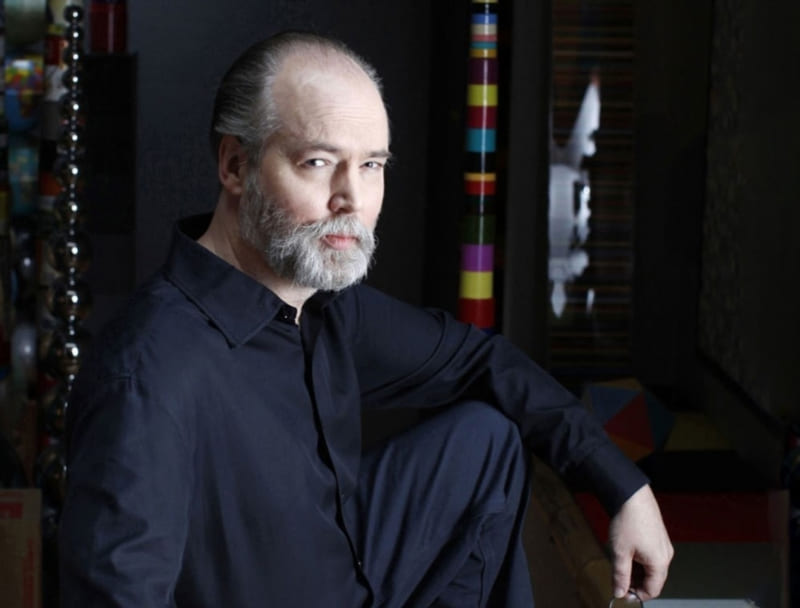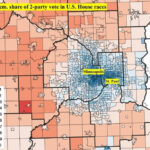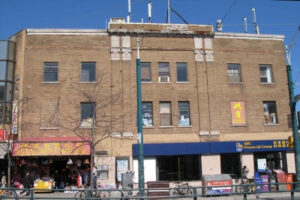Douglas Coupland, renowned for his foresight into the cultural and technological zeitgeist, once quipped, “Forget about being an expert or a professional, and wear your amateurism (your heart, your love) on your sleeve. Share what you love, and the people who love the same things will find you.” In 2012, Vancouver became privy to this visionary’s imagination as he proposed the future of utility boxes, reimagining them as simple, attractive, and highly-functional V-Poles. Let’s unravel this story.
The Man Behind the Magic: Who is Douglas Coupland?
Douglas Coupland, often dubbed the “prophet of the digital age,” is a novelist, artist, and designer. Best known for his novel Generation X: Tales for an Accelerated Culture, Coupland’s works often merge cultural critique with an anticipation of future trends. With a finger always on the pulse of societal changes, he bridges the divide between form and function, especially evident in his V-Pole proposal.
His Inspiration and Vision for V-Poles
Tired of the urban clutter? So was Coupland. His idea for the V-Poles emerged from a desire to declutter city streets. These poles, meant to replace the traditional utility boxes, were envisioned as sleek, multifunctional pillars. They could house Wi-Fi networks, electric vehicle chargers, and even LED streetlights.
The V-Pole, in its minimalist design, would carry the city into the future, blending seamlessly into the streetscape while enhancing its utility. Talk about killing two birds with one stone!
V-Poles: An Intersection of Aesthetics and Technology
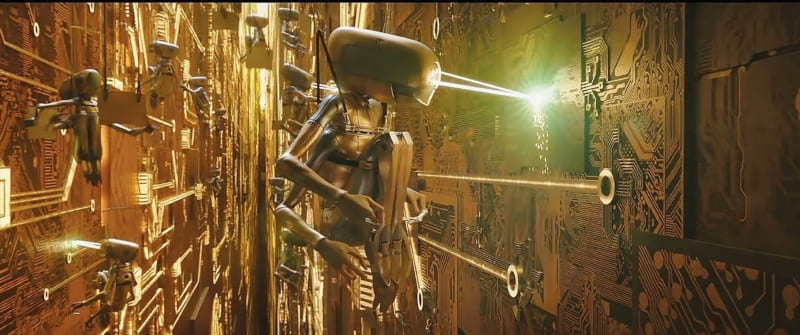
The beauty of V-Poles lies in their dual role. On the one hand, they’re a testament to Vancouver’s commitment to aesthetics. On the other, they’re a nod to the city’s embrace of modern technology.
The Aesthetic Appeal
The sleek and streamlined design of the V-Poles can’t help but remind one of the timeless aphorism, “less is more.” Coupland, ever the artist, envisioned these poles in a range of colors, harmonizing with their surroundings. Whether nestled amidst the lush greens of Stanley Park or juxtaposed against the urban backdrop of Granville Street, these poles would be eye-catching yet unobtrusive.
The Tech Edge
“Where’s the nearest charging point?” won’t be a question Vancouverites would ask in Coupland’s envisioned future. The V-Poles would come equipped with charging ports for electric vehicles. And for the digitally inclined? A robust Wi-Fi network ensuring connectivity. Heck, you might even be reading this article sitting under one such pole, enjoying the breeze and a high-speed internet connection!
How V-Poles Could Transform Vancouver’s Streetscape
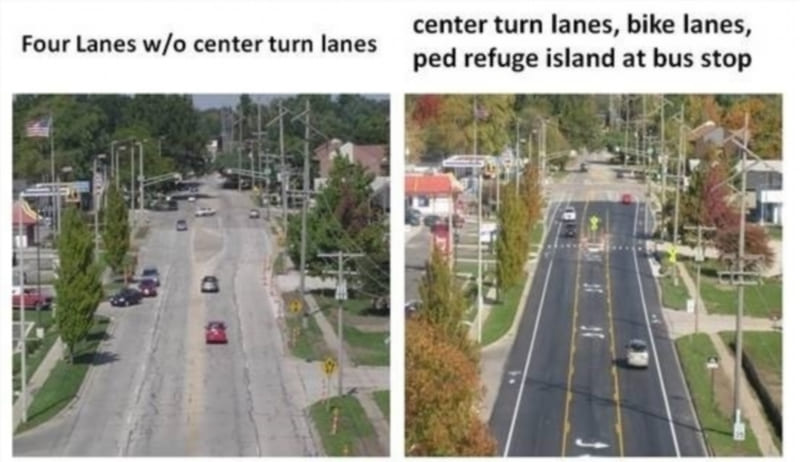
Imagine a walk down Vancouver’s streets without the jarring sight of bulky utility boxes. V-Poles, with their modern design, could very well redefine the city’s skyline.
- Eco-Friendly: With provisions for EV chargers, V-Poles would be a significant step towards a greener Vancouver.
- Space-Saving: Think of all the space we’d save without those cumbersome utility boxes. More space for pedestrians, cyclists, and greenery!
- Enhanced Connectivity: With integrated Wi-Fi, residents and tourists alike would enjoy uninterrupted connectivity.
The Broader Implications of V-Poles
Beyond the city limits of Vancouver, the concept of V-Poles holds promise for urban centers worldwide. Such an innovative solution could set the stage for how cities approach urban design and infrastructure. If implemented widely, they could serve as a beacon for modern, efficient, and aesthetic city planning.
A Universal Design Language
Just as the Parisian lampposts or London’s red telephone booths became iconic symbols of their cities, V-Poles could herald a new design language, recognized and replicated globally.
The Dawn of Smart Cities
With multifunctional utility poles like the V-Pole, the path to smart cities becomes clearer. Seamless integration of technology with urban infrastructure could revolutionize how we perceive and interact with our cities.
What’s Next for the City of the Future?
Will V-Poles dot every street corner, or will they remain a novel idea in the annals of urban design? Only time will tell. But one thing is certain: with visionaries like Coupland leading the charge, the future of our cities looks promising, don’t you think?
For more insights on urban innovations, check out the Wikipedia page on Smart Cities, a comprehensive dive into the world where technology meets urban life.
Note: The proposed V-Pole design by Douglas Coupland in 2012 was an innovative approach to decluttering city infrastructure, and this article delves into its potential impact and significance.

